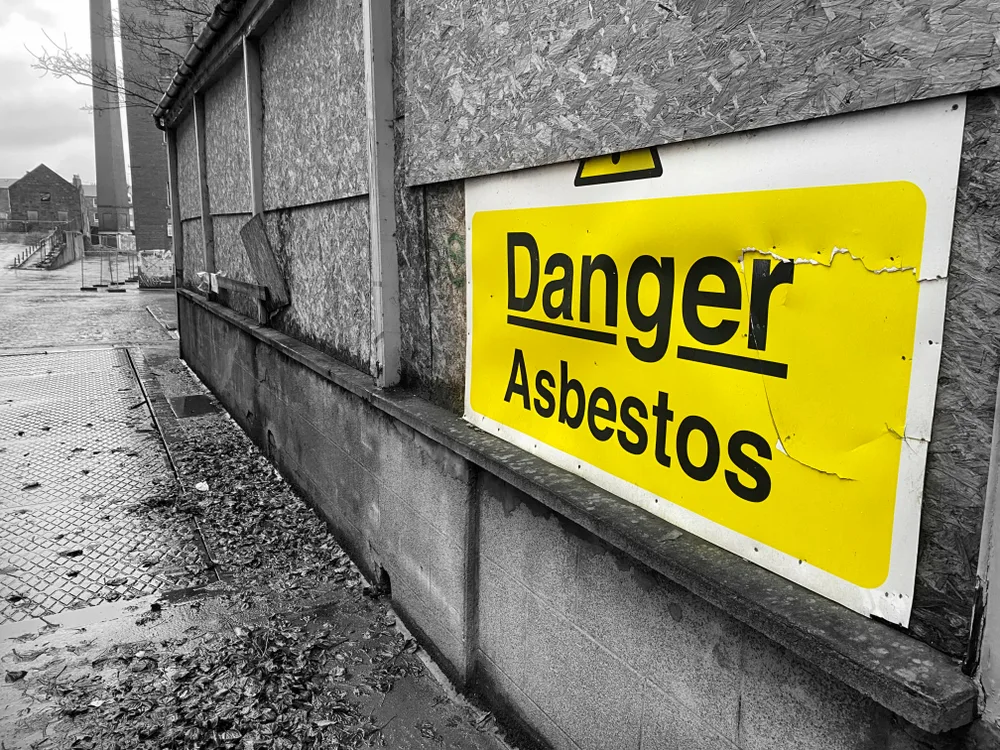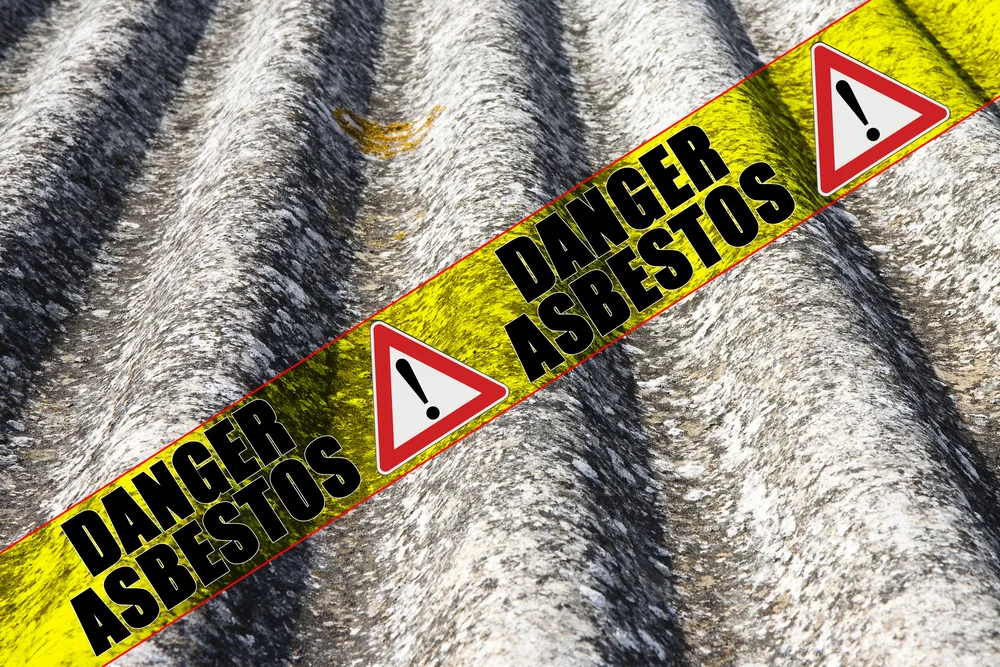Asbestos is most commonly linked to mesothelioma, an aggressive disease. However, the mineral is also linked to a variety of other lung diseases. Exposure to asbestos can cause asbestosis, pleural scarring, and an increased risk of lung cancer. Smoking remains the number one cause of lung cancer in American adults, but exposure to asbestos could add even more damage to the lungs, making it far more likely that an individual will develop lung cancer.
It is important to understand the differences between mesothelioma and lung cancer. While both diseases affect the lungs, they occur in different parts of the lung. Mesothelioma occurs in the lining of the lungs, also known as the mesothelium. The disease can also occur in the lining of the chest, heart, abdomen, and testicles, but it most commonly develops in the lining of the lungs. Lung cancer, on the other hand, develops in the lung itself. Tumors and cancerous cells grow in the lung tissue rather than the lining of the organ. In addition, the two cancers grow differently in the body. Mesothelioma usually grows in small tumor nodules that eventually grow around the lung. By contrast, lung cancer typically grows in defined masses or tumors.
The Relationship Between Asbestos and Lung Cancer
Asbestos and lung cancer have been found to have a synergistic relationship. This means that the damage caused by asbestos makes it more likely that lung cancer will develop. While it is true that smoking is the biggest factor in lung cancer diagnoses, a number of cases are linked to asbestos exposure each year. In 1986, a report by the Occupational Safety and Health Administration (OSHA) named lung cancer the greatest risk for workers who handle asbestos.
In that same year, studies found that residents of Libby, Montana contracted lung cancer at much higher rates than average. The town was infamously home to a large asbestos mining operation. In 2002, the Environmental Protection Agency declared Libby a Superfund site. This designation provides government funding for cleanup of highly polluted locations. A 2007 updated study by the National Institute for Occupational Safety and Health showed that Libby residents had significantly higher mortality rates from asbestosis and lung cancer. The mortality rate increased with the duration of exposure.
These results demonstrate to the established link between asbestos and lung cancer. Individuals who are often exposed to asbestos dust breathe it in, where fibers then lodge in the lung. Such exposure usually happens on the job. These fibers damage and scar lung tissue, which weakens lungs and leaves them more susceptible to disease. In asbestosis, another lung condition, a buildup of scar tissue in the lungs causes serious difficulty breathing.
Those with a history of both asbestos exposure and smoking have the highest risk of lung cancer. This increased exposure to carcinogens and toxins can accumulate and make it much more likely that someone will be diagnosed with lung cancer later in life. Each risk factor damages and weakens the lungs, making them more vulnerable to cancer and other diseases.
Lung Cancer Symptoms
Some of the most common lung cancer symptoms include the following:
- Persistent cough
- Coughing up blood
- Difficulty breathing
- Loss of appetite
- Fatigue
- Recurring infections such as pneumonia and bronchitis
- Swelling in the face, arms, or neck
- Lumps in the neck or collar bone area
People who are at an increased risk should speak with their doctor about lung cancer screenings. These screenings may include CT scans or X-rays. Doctors may conduct screenings more frequently for patients at a higher risk of disease.
Treatment Options
The treatments available to each patient may be different depending upon which stage a patient’s cancer has reached. Typically, patients in earlier stages have a wider variety of treatment options. Patients in later stages tend to be more limited. In addition, late stage lung cancer has a risk of spreading to other parts of the body, or metastasizing. This development makes it more difficult to treat as it is more aggressive. Multiple factors including overall health, cancer type and stage, and patient comfort influence the treatment plan.
Depending on these factors, patients may elect to take several different treatment paths. If the cancer has not spread to other parts of the body, doctors may recommend surgery. Surgeons can remove tumors, portions of the lung, or the entire lung, as necessary.
Chemotherapy is a common treatment that uses drugs to kill cancer cells. Doctors can deliver the drugs by IV or orally, and treatment typically lasts several weeks or months. While chemotherapy can be very effective, it also damages healthy cells, and many patients experience negative side effects. Holistic methods like massage may help relieve issues like pain or nausea.
Radiation therapy targets cancer cells with highly powerful beams of radiation. This treatment is often combined with chemotherapy, especially when cancer has spread throughout the body.
Researchers are developing many other treatment methods in the fight against cancer, including immunotherapy. This exciting method harnesses the strength of the body’s own immune system to target and kill cancer cells. Because everyone may react to therapies differently, doctors customize the treatment plan per patient.
Prognosis
Lung cancer, like many other cancers, has a better prognosis when detected as early as possible. To increase your chances of early detection, be sure to see your doctor for cancer screenings. This is especially important for anyone who has worked with asbestos in the past, who often worked in construction, pipe fitting, bricklaying, and other industrial jobs.
Stage I lung cancer has a 5-year survival rate of nearly 31%. By Stage IV, the 5-year survival rate drops to around 2%, according to the American Cancer Society. However, these rates are only estimates, and individual prognosis results may differ. Patients may react differently to treatment method, altering their own prognosis.
What Happens Next?
If you or a loved one has developed lung cancer after being exposed to asbestos, you may have a case. The Vogelzang Law team proudly represents families who have been affected by asbestos and the diseases it causes. Our team will help you build your case in order to hold corporations accountable for your asbestos exposure. Reach out to one of our attorneys for more information.



